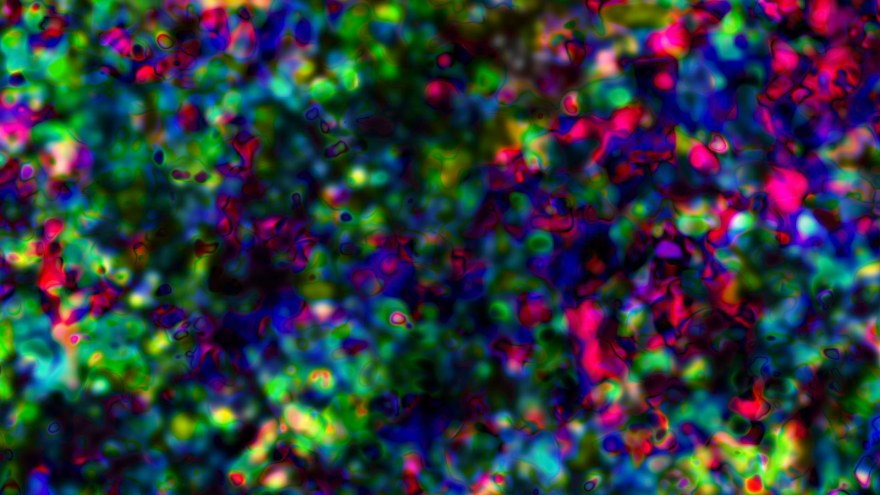Lunch with Mustererkenntnis [Pattern Cognition]
Interview with Thorsten Fleisch, director of Mustererkenntnis [Pattern Cognition]
How often do you direct cinematographic experiments? How many have you directed including a journey into extremely overcharged screens?
I’ve been making short experimental films for more than 20 years now. Most of the films fall into the experimental animation category. On a few of them I was working with flickering and strobing for example Energie! (2007), Picture Particles (2014), Superbitmapping (2000), Silver Screen (2000), Kosmos (2004) and Blutrausch (1998).
What is your interest in creating this experiment? How often do you work on the issue of gazing and do you have further projects on this theme?
For this film I was really interested in working with 60 frames per second. It offers a wider range of micro-rhythmic possibilities than 24 or 25 fps. I also wanted to see and feel how 60 different images a second work on my eyes. In some other films I also explored human perception, for example in Dromosphere (2010) the notion of speed. The blurred image of an object in fast motion is shown as a frozen in time sculpture, distorted by speed or more precisely by the inertia of human perception.
How did you work on the global structure and color choices? How much did you work on frame(s)? Where does the overflowing pixelated frames come from? Did you create them or build them up from previous material?
I had two different works as a starting point. The first was an unfinished film where I had some still images that I manipulated to become fully abstract. With those images I was trying to find patterns in the abstract through looping and arranging them, animating them. That was the starting point. Then I had some 60 fps clips of a flickering LED in different colors. It was part of a DIY synthesizer kit that I assembled. The color changes in the LED are very fast and I filmed it with different cameras and in different speeds (25-240 fps). This was for the ending of my first feature film Flesh City which I wanted to end in a strobing inferno. After I finished Flesh City, I thought it would be great to explore and expand the abstract strobing hell some more and also to use 60 fps instead of 24 fps that I had used for Flesh City. So this is the second part of Mustererkenntnis. I then tried to give it a sort of dramatic arc to get from the first part to the second and in a way tell an abstract story.
Would you say that the short film format has given you any particular freedom?
Well, after working four years on a feature film I found it very refreshing to do a short again. It gives me the freedom to develop and explore a theme much quicker and more freely as well as I don’t need many people involved. But for others it might be different. I guess most of the shorts at the festival had bigger teams than I had on my DIY feature. Also for this kind of experimental films I do I feel it only works within a short format. I don’t want to overstay my welcome.
What are your reference works?
Phew, too many to mention.
Mustererkenntnis [Pattern Cognition] is part of Lab Competition L5.








